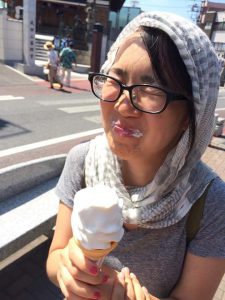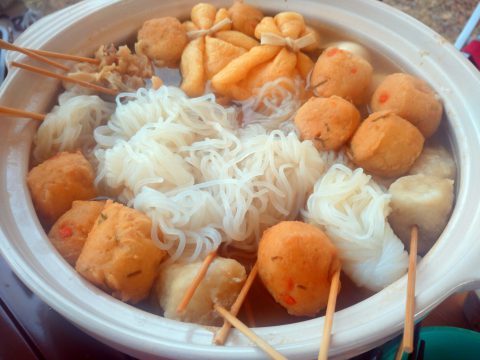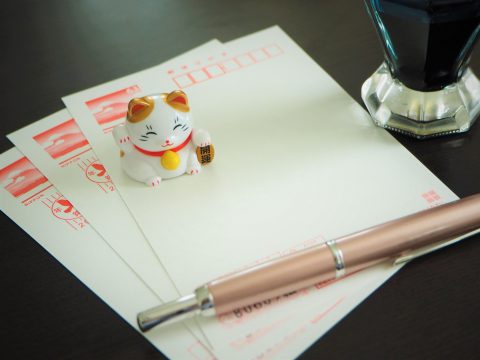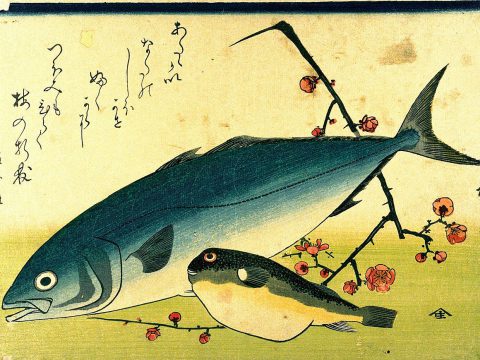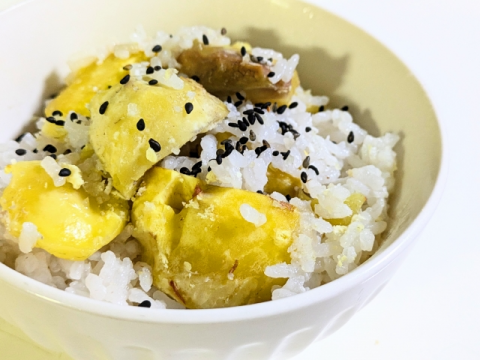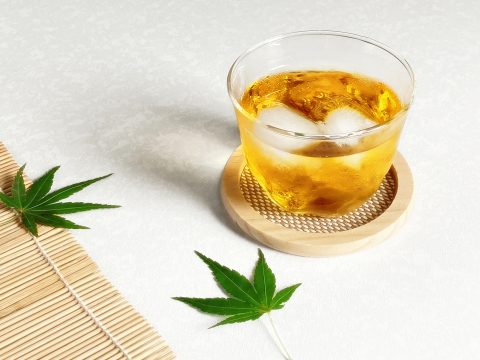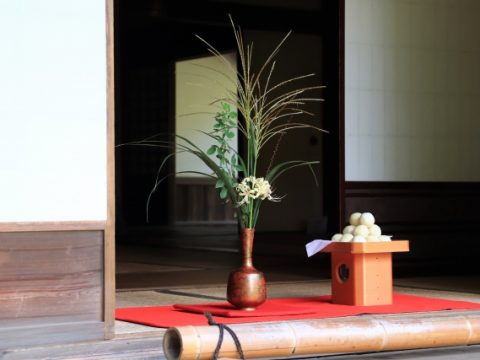Oshibori おしぼり
JAPANESE FOODS
25.02.2021
When you’re seated at a restaurant in Japan, what’s the first thing to do before browsing through the menu or ordering drinks? Cleanse your hands! Most likely, you’ll be handed a wet hand towel by your server or it may already be placed at the table.
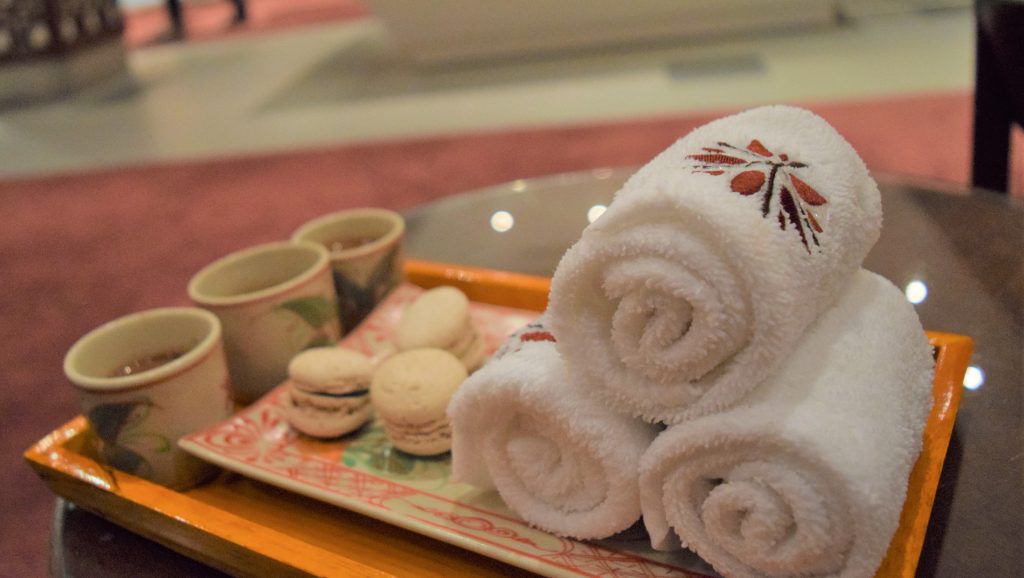
Oshibori おしぼり (pronounced “oh-shee-bow-rhee”) are wet hand towels. These towels may be disposable or made of cloth, and hot or cold depending on the season. They may be rolled into a tube, folded or even intrinsically shaped, and some may be lightly scented or individually wrapped! More than just for hygienic purposes, Oshibori are also a form of Omotenashi おもてなし (Japanese hospitality), welcoming the guests to the establishment.
The word Oshibori consists of O 御(お)an honorific and Shiboru 絞る(しぼる)the verb “to wring out.” Oshibori can also be called Otefuki お手拭き, same O 御(お)and Tefuki 手拭き(てふき) “hand wipe”. These hand towels are moist enough to freshen up your hands without leaving them dripping wet.
The custom of handing out Oshibori at restaurants is actually fairly recent, dating back to the postwar period with the rise of restaurants and food establishments. However, the use of Oshibori has been documented since the Heian period (794-1185), where they were handed to distinguished visitors as a sign of hospitality. During the Edo period (1603-1868), cotton cloth called Tenugui 手拭い (てぬぐい) and a bucket of water were offered at inns and tea houses to travel-weary guests to clean their hands and feet. This simple gesture was no doubt heartwarming and greatly appreciated by them.
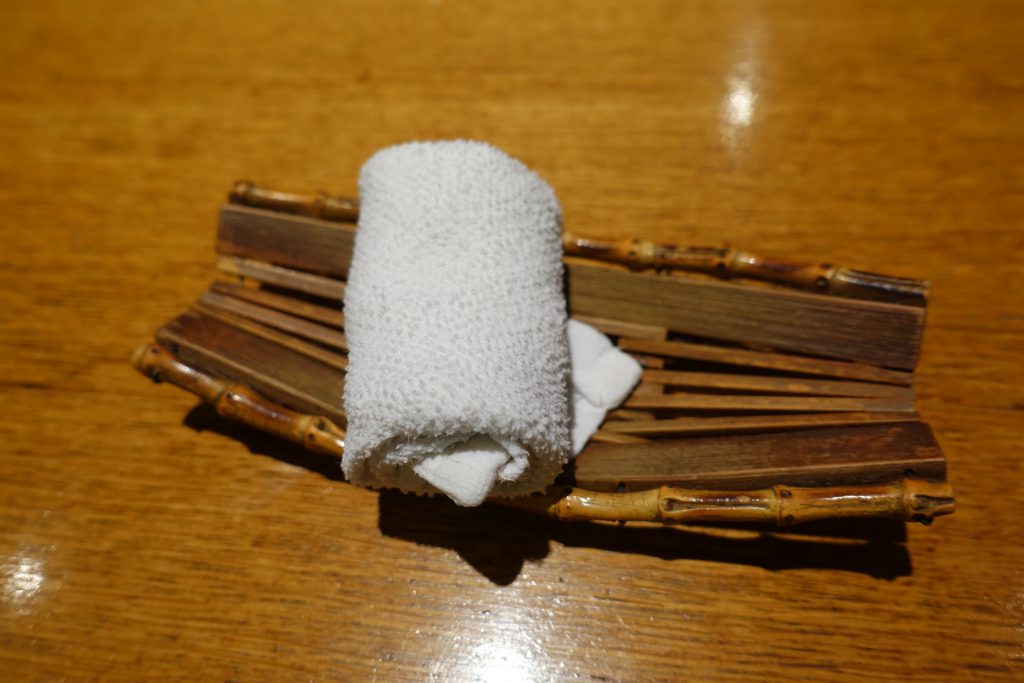
Not only will you encounter Oshibori at restaurants (both high end and low) and cafes, you may receive it on airplanes, the Shinkansen (Japanese bullet train), neatly tucked in a bento lunchbox you bought at the store, and entertainment facilities.
Even if your hands are fairly clean, always take the offered Oshibori, and wipe your hands. Once you’re done using it, fold and keep it on the side, and feel free to use it throughout the meal as necessary. If the Oshibori was placed on an individual tray, return it back once you’re done using it.
A word on Japanese dining etiquette: Oshibori are exclusively for wiping your hands! If you need to wipe your lips or the sweat from your face, don’t use the Oshibori (as much as it may be tempting to do so). Use paper napkins or a handkerchief or towel you brought with you. If you accidentally spill food or liquid on the table, ask the server to help clean it up. If the towel is made of cloth, try to avoid staining it with food or liquid, and keep it clean as possible (someone has to wash out the stains!) If the one you’re using gets dirty, it’s totally acceptable to ask your server for a new one, just say Atarashii Oshibori wo kudasai 新しいおしぼりをください (may I have a new Oshibori?)
In recent years, the custom of handing out Oshibori to guests and customers as a gesture of hospitality has spread outside of Japan. While the culture of Oshibori and Omotenashi are uniquely Japanese, the feeling of being warmly welcomed and taken care of is universal.

